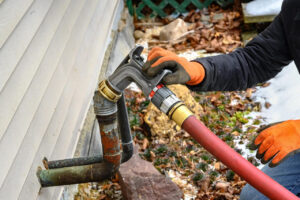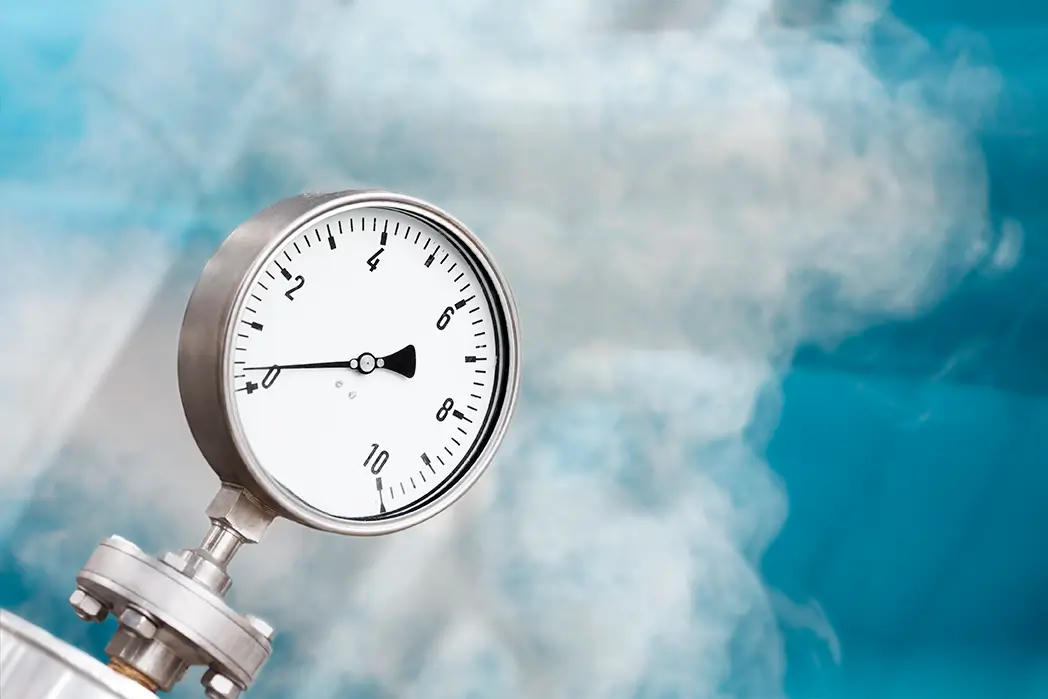
What Is Heating Oil? A Complete Homeowner’s Guide
What Is Heating Oil? A Complete Homeowner’s Guide If you have a furnace, boiler, or water heater in your home, it might be using heating oil. Not all home heating systems use heating oil, but a vast majority over the years (before electric systems) have typically used heating oil as the fuel source. While it’s something homeowners rely on every
 855-346-0753
855-346-0753
 Sign in
Sign in


